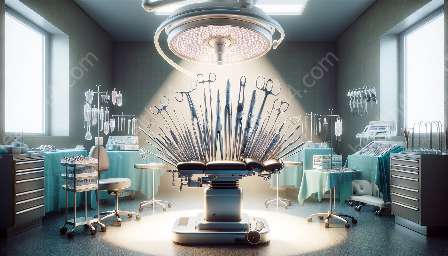Dilators play a crucial role in surgical procedures and are considered essential medical devices and equipment. These instruments are used to widen or open passages or incisions in the body, and they come in various designs to suit different medical applications.
Why Are Dilators Important in Medicine?
Dilators are essential tools in various medical procedures, including the dilation of blood vessels, uterus, cervix, and other anatomical structures. They are also used to create or widen openings for the insertion of other medical instruments or devices.
Design of Dilators
Dilators are typically designed as slender and elongated instruments with a tapered or rounded tip. This design allows for smooth and controlled insertion into the body, minimizing trauma to the surrounding tissues. Some dilators may feature a screw mechanism, allowing for gradual and precise expansion.
Types of Dilators
There are several types of dilators, each designed for specific medical applications. Common types include uterine dilators, vascular dilators, cervical dilators, and anal dilators. Each type is tailored to meet the requirements of particular medical procedures and anatomical structures.
Applications in Surgical Instruments
Dilators are widely used in various surgical specialties, including gynecology, cardiology, urology, and general surgery. In gynecological procedures, uterine and cervical dilators are used to widen the cervix and uterus for diagnostic or therapeutic purposes. In cardiac procedures, vascular dilators are used to enlarge blood vessels for stent placement or angioplasty.
Role in Medical Devices & Equipment
As part of medical devices and equipment, dilators are integral to many medical interventions. They are often used in conjunction with other devices, such as catheters, endoscopes, and stents, to facilitate various diagnostic and therapeutic procedures.
Conclusion
Dilators are indispensable tools in the realm of surgical instruments and medical devices and equipment. Their ability to widen or open anatomical structures with precision and minimal trauma makes them essential in a wide range of medical procedures. Understanding the various designs, types, and applications of dilators is crucial for healthcare professionals to effectively utilize these instruments in providing optimal patient care.


